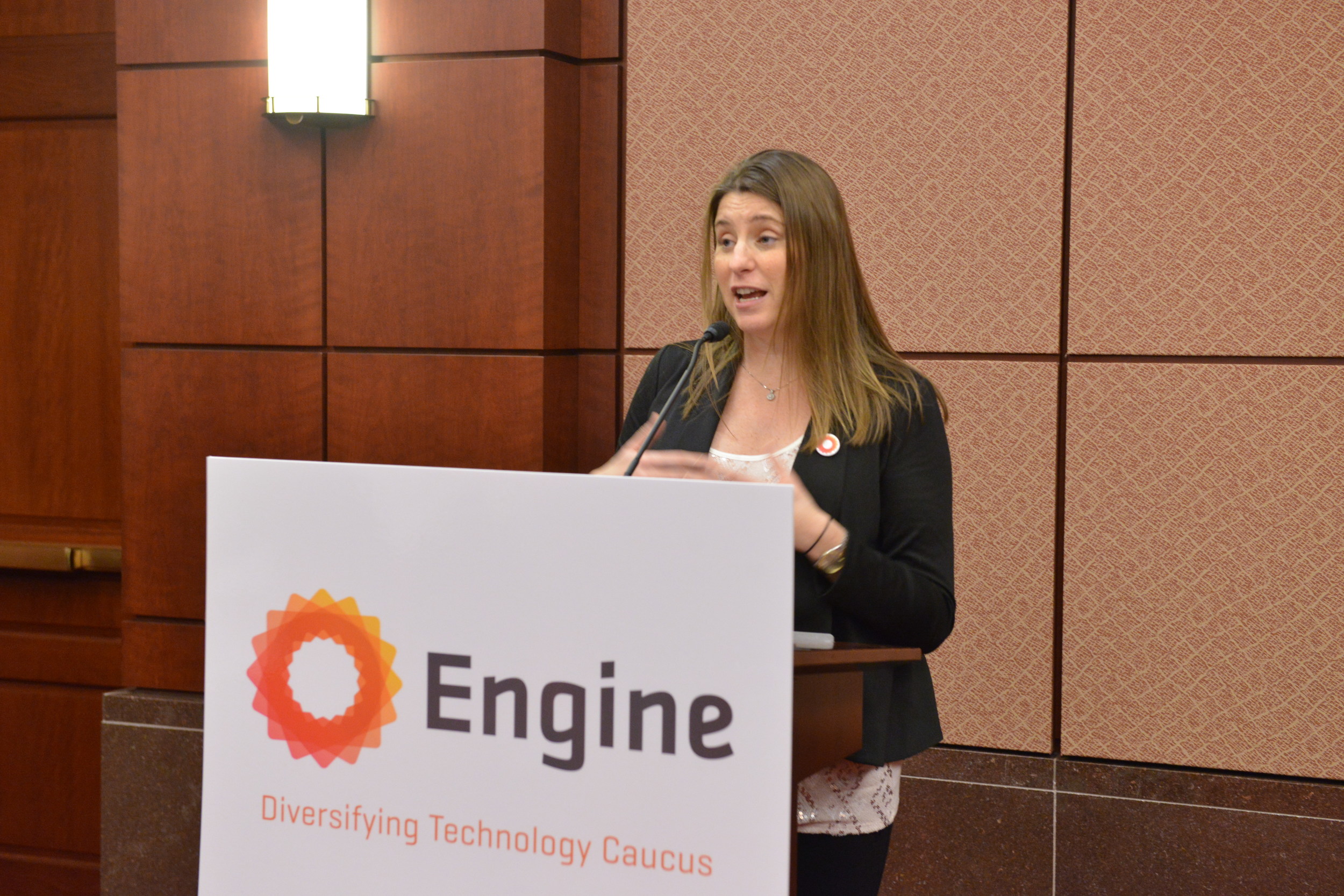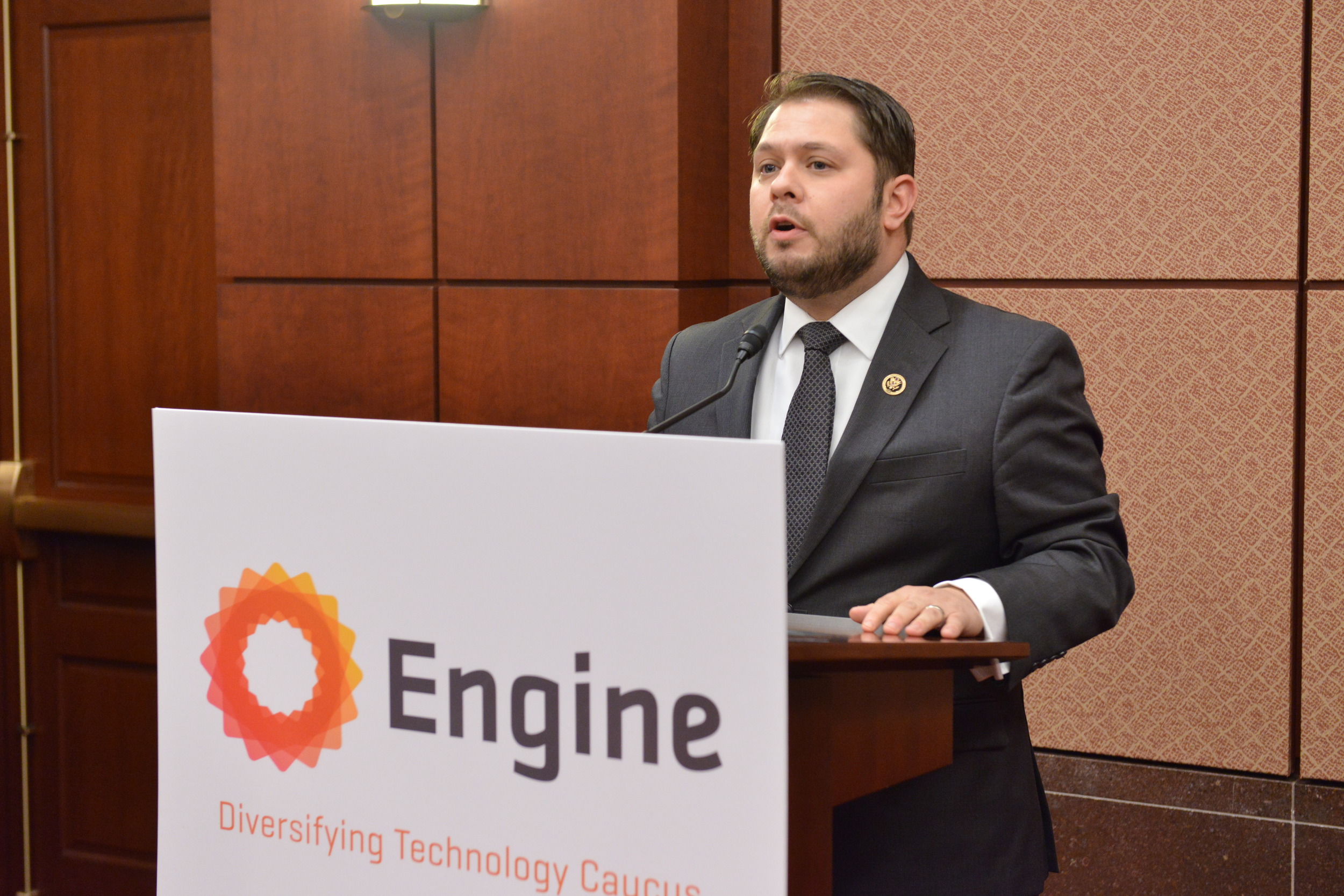by Anna Duning and Anthony Hogrebe
Memorial Day provides an opportunity for all of us to think about what we can do to support our nation’s veterans. The technology community—employers, investors and educators—play a pivotal role in helping men and women in uniform succeed back at home by ensuring veterans have opportunities to join our fast-growing technology economy.
According to the Schultz Family Foundation, over 2.6 million post 9/11 veterans are transitioning back to civilian life. The heartening news about this population is that overall unemployment among veterans is at its lowest since 2008, around 5.3 percent as of March. Yet hundreds of thousands of veterans remain unemployed. And post 9/11 veteran unemployment remains higher than the national average at 7.2 percent.
Meanwhile, according to the White House, there are currently over half a million unfilled jobs in information technology, making up 12 percent of all job openings in the U.S. This number is only projected to grow. This is a massive opportunity for our hard-working and talented veterans to either build on the skills they already have or acquire new skills they can deploy.
Many organizations around the country are working toward this goal of preparing veterans and connecting them with job opportunities in technology fields. VetsinTech runs eight national chapters that coordinate training programs with major technology firms including SalesForce and Microsoft. Sharp Decisions, an IT consulting firm based in New York, hires tech-savvy armed services veterans to participate in their internal vets-only bootcamp (we profiled their inventive program in our Innovation for All blog series last year.) And many tech bootcamps, typically marketed to recent graduates or people seeking a career change, are developing courses and creating scholarship funds specifically for veterans.
Yet there’s still much work to be done. More tech companies need to make recruiting veteran candidates a priority when hiring, and provide the mentoring and other supports that veterans will need to succeed. And we need to help more veterans access non-traditional tech education programs. Right now, GI benefits can only be used at federally accredited programs, but almost no coding bootcamps and schools—many of which boast high job placement rates—have that accreditation. Congress needs to work to modernize the accreditation system, to help veterans access quality coding programs that are often more effective than traditional two and four year programs in preparing students for jobs in tech.
Over the months ahead, we’ll be making veteran access to technology jobs a key part of our diversity efforts and a key focus of our Diversifying Tech Caucus. Not only is it the right thing to do - tech companies simply can’t afford to miss out on tapping into such a great pool of talent.





















